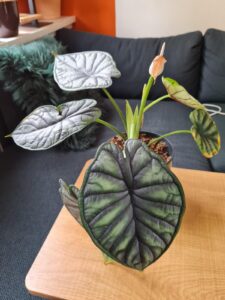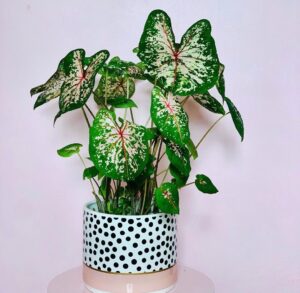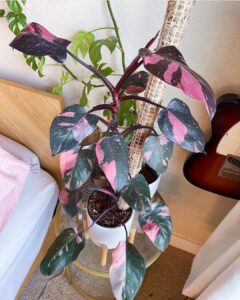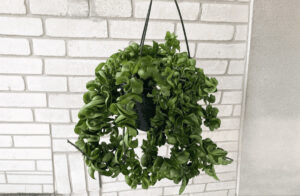
This article will cover 9 low-maintenance herbs that are perfect for busy home gardeners with little time. By low-maintenance, I mean herbs that don’t require a lot of watering, pruning, deadheading, or fertilizing. All of the herbs featured below are fairly drought-tolerant once established, pest-resistant, and don’t demand a lot of fussing over.
Growing some of your own herbs is beneficial for both your cooking and gardening. Homegrown herbs are fresher tasting than store-bought, and add wonderful flavor to dishes.
Plus, herbs make lovely additions to container or raised beds that don’t take much effort.
Read on for 9 top choices to get started with low-maintenance herbs easily.
Basil

A classic standby for any herb garden is basil. There are many varieties to choose from, but the most common is Genovese basil.
- Basil thrives in full sun but can tolerate partial shade. Water only when the top inch of soil is dry.
- It’s a tender annual that doesn’t survive frost, so grow it during the summer months. Basil is fairly pest-resistant and disease-free.
- Pinch off flowers as they appear to encourage more leafy growth for harvesting. You can enjoy fresh basil leaves whole or chopped in pesto, salads, and pasta dishes.
- A few handy tips when growing basil – give plants space as they can be bushy. Stake taller varieties as stems can fall over. And basil is a prolific self-seeder, so you may get volunteers the following year.
- With just occasional watering as needed and simply pinching off flowering heads, basil is one of the lowest maintenance herbs you can grow.
RELATED: How to Sustain an Indoor Herb Garden While Working 9-to-5
Mint
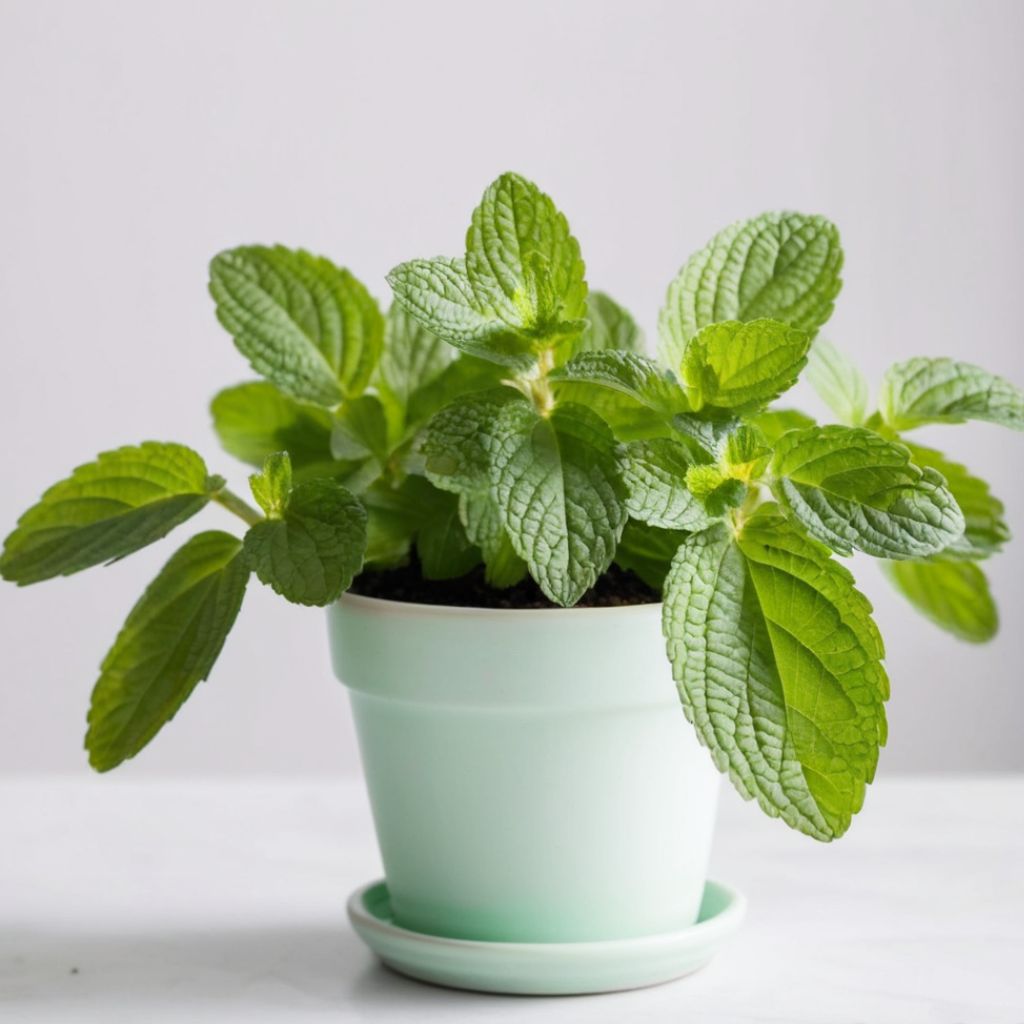
No list of easy care herbs would be complete without including mint. There are many mint varieties to choose from, with the most popular being peppermint and spearmint.
- Mint grows vigorously and prefers full sun but will tolerate partial shade. The soil should be consistently moist but not soggy.
- Mint is very hardy and drought-resistant once established. It can spread quickly via underground runners, so most gardeners choose to plant mint in containers sunk into the ground or above ground containers to contain its enthusiasm.
- Prune mint by cutting back the growth by one-third after it flowers to encourage bushier growth. Mint is less prone to pests and diseases than many other herbs.
- Enjoy fresh mint leaves in mojitos, mint tea, or try spreading chopped mint under roasted lamb or vegetables for an infusion of flavor. The aroma is also lovely planted around paths or patios.
- With its hardy nature, mint needs little more than an occasional drink of water. It’s one of the easiest herbs to grow for those short on time in the garden.
Oregano
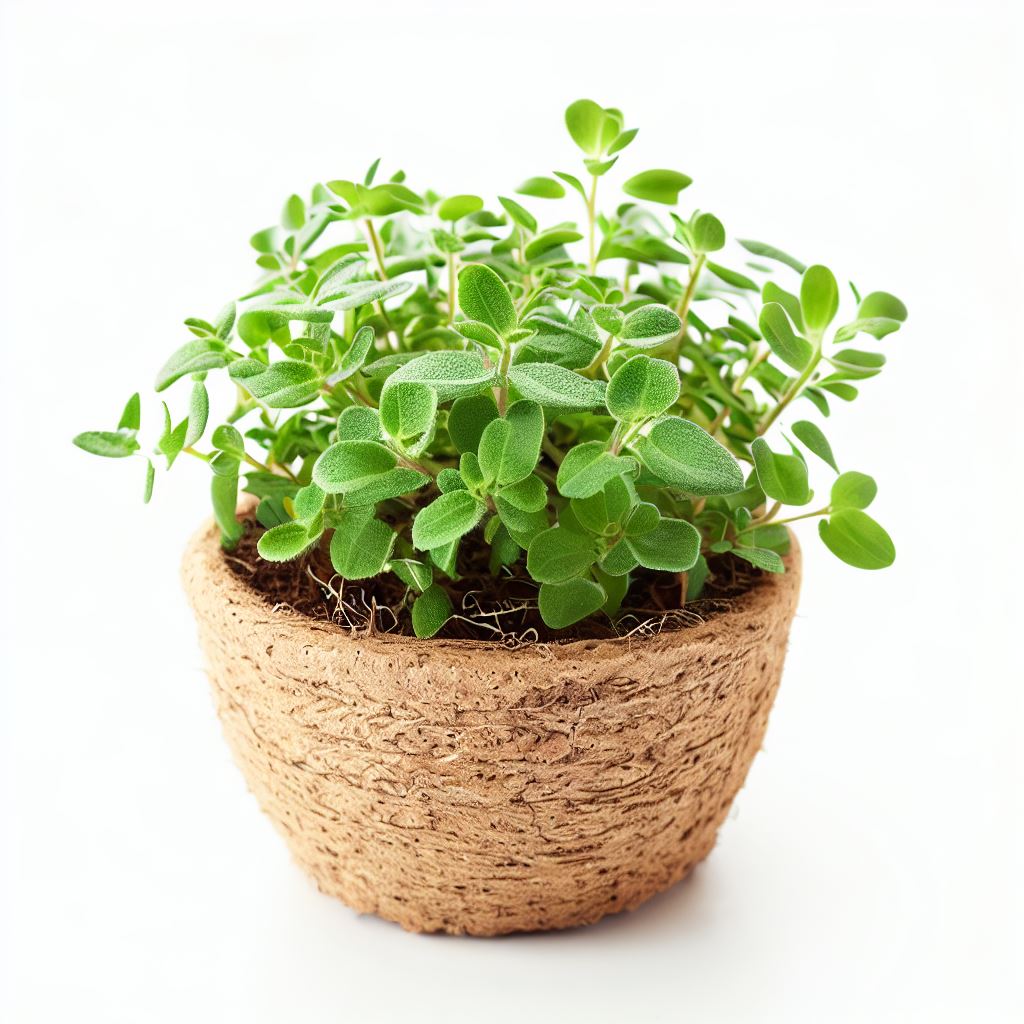
Bushy, aromatic oregano plants add beautiful texture and flavor to Mediterranean inspired dishes.
- Oregano grows well in hot, dry, sunny conditions and is quite drought tolerant once established. It may become semi-deciduous or die back in colder zones depending on the variety.
- The soil should be well-draining. Prune back after flowering each year to encourage new growth. Oregano is generally pest and disease resistant.
- Try Greek or Italian oregano varieties for cooking. Pick off leaves throughout the summer as needed. The flowers are also edible and attractive to pollinators.
- Use fresh oregano leaves for pizza, pasta sauces, rubs for meats and vegetables, or try making your own za’atar blend. The flavor is more robust when leaves are crushed or dried.
- With its natural drought tolerance and minimal care requirements, oregano is one of the ultimate low-maintenance herbs for most any herb garden. It adds rich flavor with little work.
Rosemary
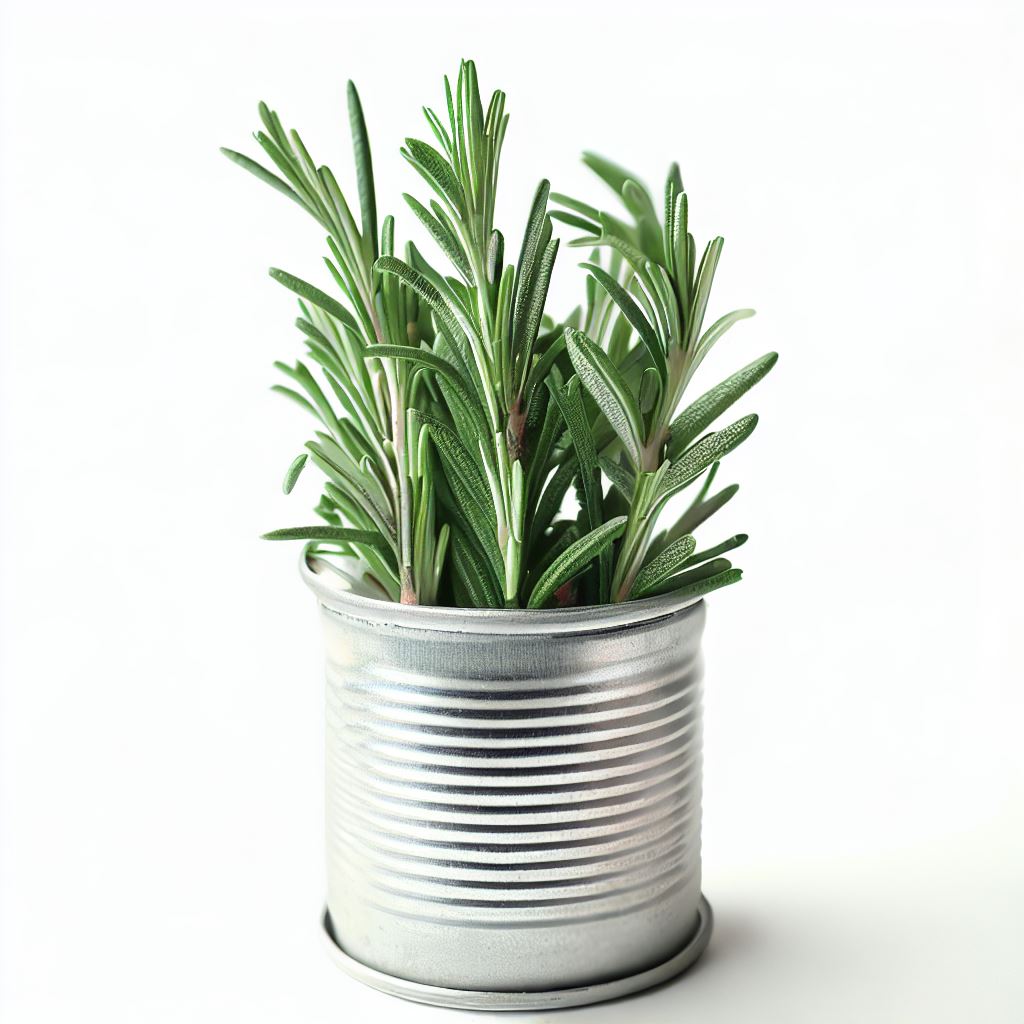
Rosemary shrubs have fragrant needle-like leaves and tubular flowers loved by bees. Varieties range in size from compact plants to taller spreading forms.
- Rosemary loves full sun and well-draining soil. It’s generally hardy to zone 8 and can survive mild winters as a perennial in warmer areas.
- Water infrequently but don’t let the soil dry out completely. Trim back after flowering in spring or early summer to promote fresh growth.
- Use pruners or shears for shaping and harvesting the aromatic leaves throughout the season. Add to roasted potatoes and veggies, or use whole sprigs for kebabs on the grill.
- For small spaces, look for dwarf or upright rosemary cultivars. Tie branches of leggy types to stakes for controlled shape.
- Rosemary is pretty pest-free and very low maintenance once established. It makes an excellent evergreen hedge, border, or foundation plant while providing flavorful culinary leaves.
Thyme
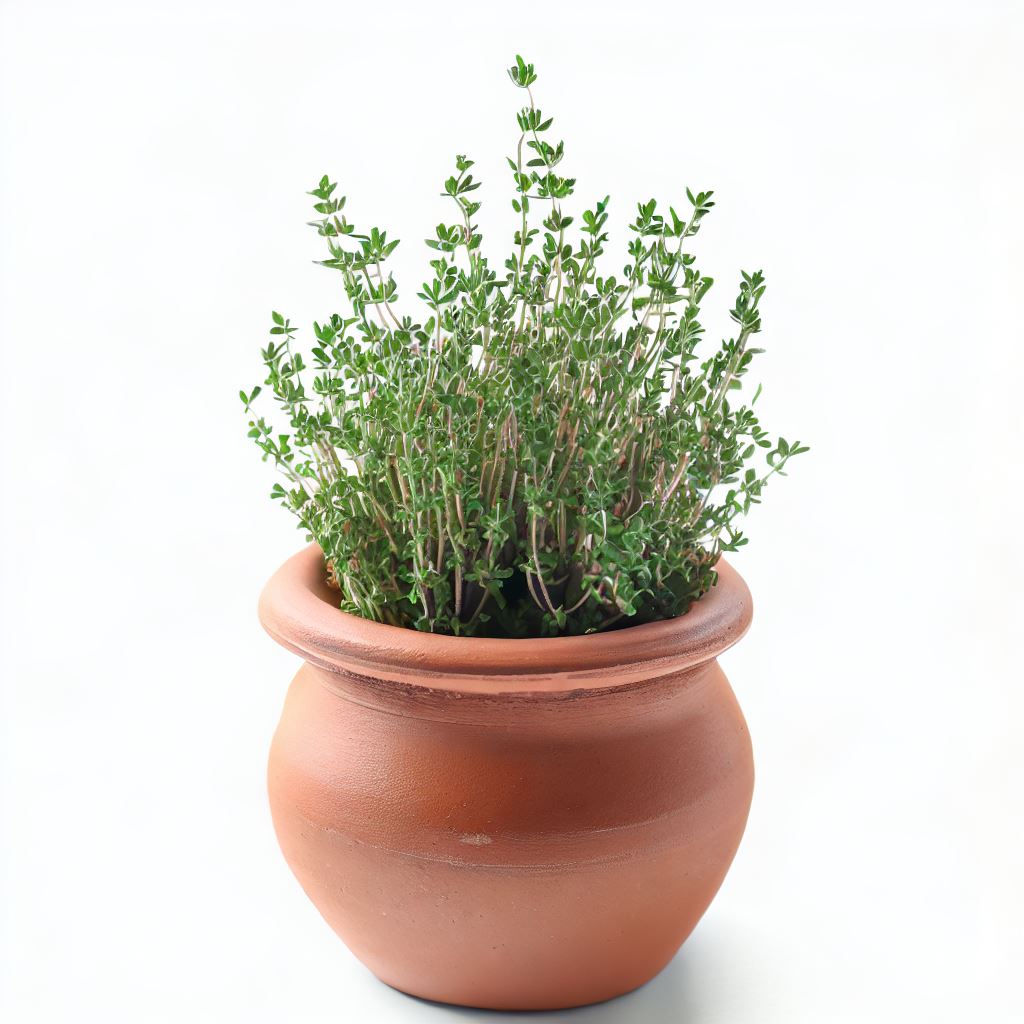
Dense bushes of fragrant thyme feature tiny leaves perfect for seasoning. Varieties differ in appearance and flavor, but all are fairly drought-tolerant.
- Thyme grows best with 6-8 hours of sun per day and well-draining soil. It’s hardy from zones 5-9 depending on the cultivar.
- Prune lightly after flowering or as needed to maintain shape and health. Thyme is generally resistant to pests and disease.
- For cooking, choose English or French thyme. Use fresh or dried leaves for stuffings, roasted meats and veggies, or in herb butters to infuse flavor.
- Great for rock gardens or stone walls, thyme also thrives in containers. Consider compact cultivars like ‘Elfin’ or creeping types for smaller spaces.
- With minimal water once established and infrequent shearing to tidy up, thyme stays neatly in bounds while imparting big flavor with little maintenance. A lovely herb addition.
Sage

Sage brings a pungent savory flavor and gorgeous gray foliage to the herb garden. Varieties range from tender to hardy perennials.
- Sage grows well with full sun exposure and average soil. Most varieties hardy to zone 5 need winter protection. Varieties like pineapple sage are tropical and short-lived.
- Allow the soil to partly dry between waterings, and prune back after flowering each spring to encourage branching. Sage is generally pest-resistant.
- Use broadleaf or pineapple sage fresh or dried in poultry, lamb recipes, stuffing, flavored butters, or to make herb vinegars. The leaves hold their texture when cooked.
- Tender sages may need bring indoors before frost. Pineapple sage attracts hummingbirds with its red blooms edible in salads.
- With its natural drought tolerance and minimal pruning, sage offers big flavor benefits for the seasoned gardener with little time. Plant it and enjoy!
Parsley
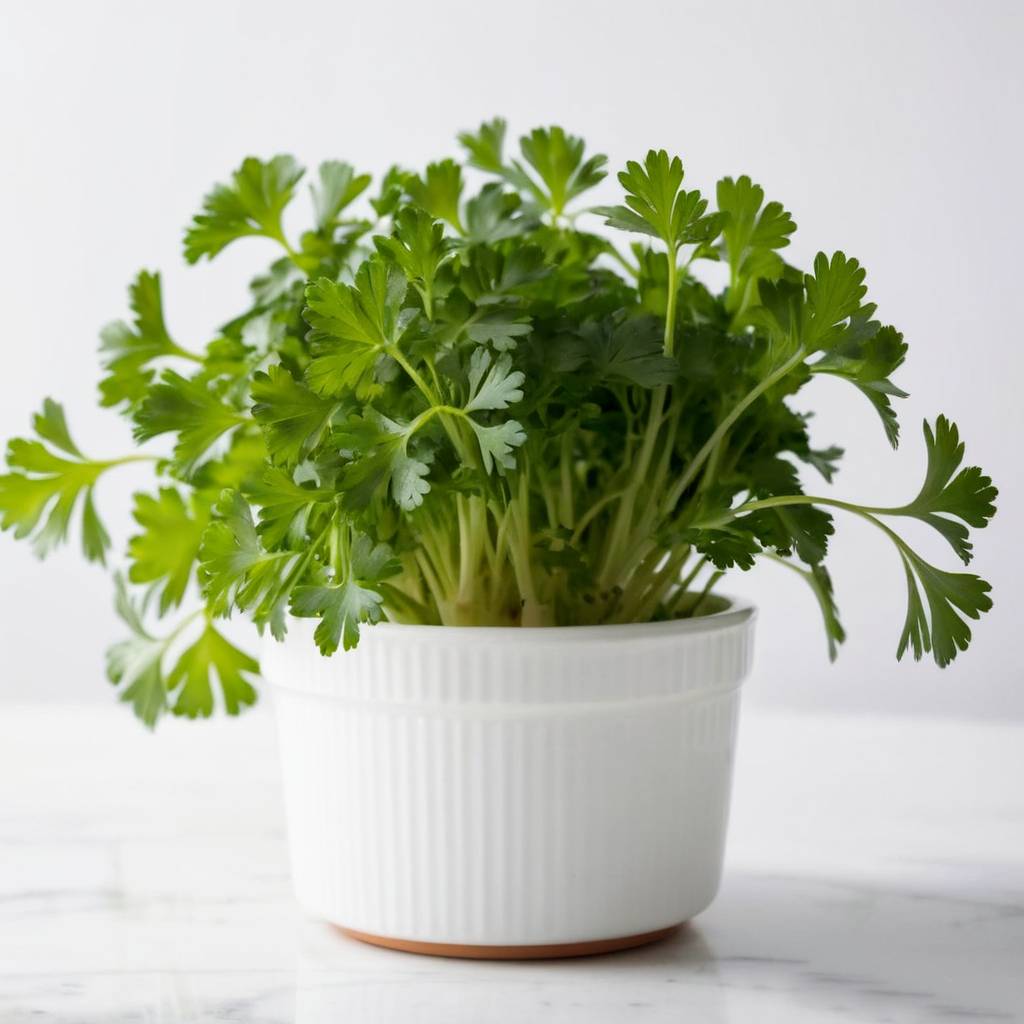
Parsley doesn’t just add visual flair, it provides vitamin K and is a tangy herb for brightening up foods. Varieties may be flat-leaf or curly-leaf.
- Parsley favors partial shade and consistent moisture to thrive. It’s a hardy biennial that reseeds for subsequent crops.
- Pick outer leaves frequently throughout the season as needed rather than shearing all at once. Parsley can self-seed with abandon if gone to flower.
- Both curled and flat-leaf parsley are delicious chopped fine for brightening up salads, soups, stews, or delicious herb butters or pesto.
- Parsley perseveres with diligent harvesting throughout its growing season and with partial shade protection from hot sun. Try a parsley graph to extend its season.
- Though it likes moisture, parsley fulfills its flavor potential with minimal maintenance other than picking leaves. An easy staple for herb gardens.
Chives
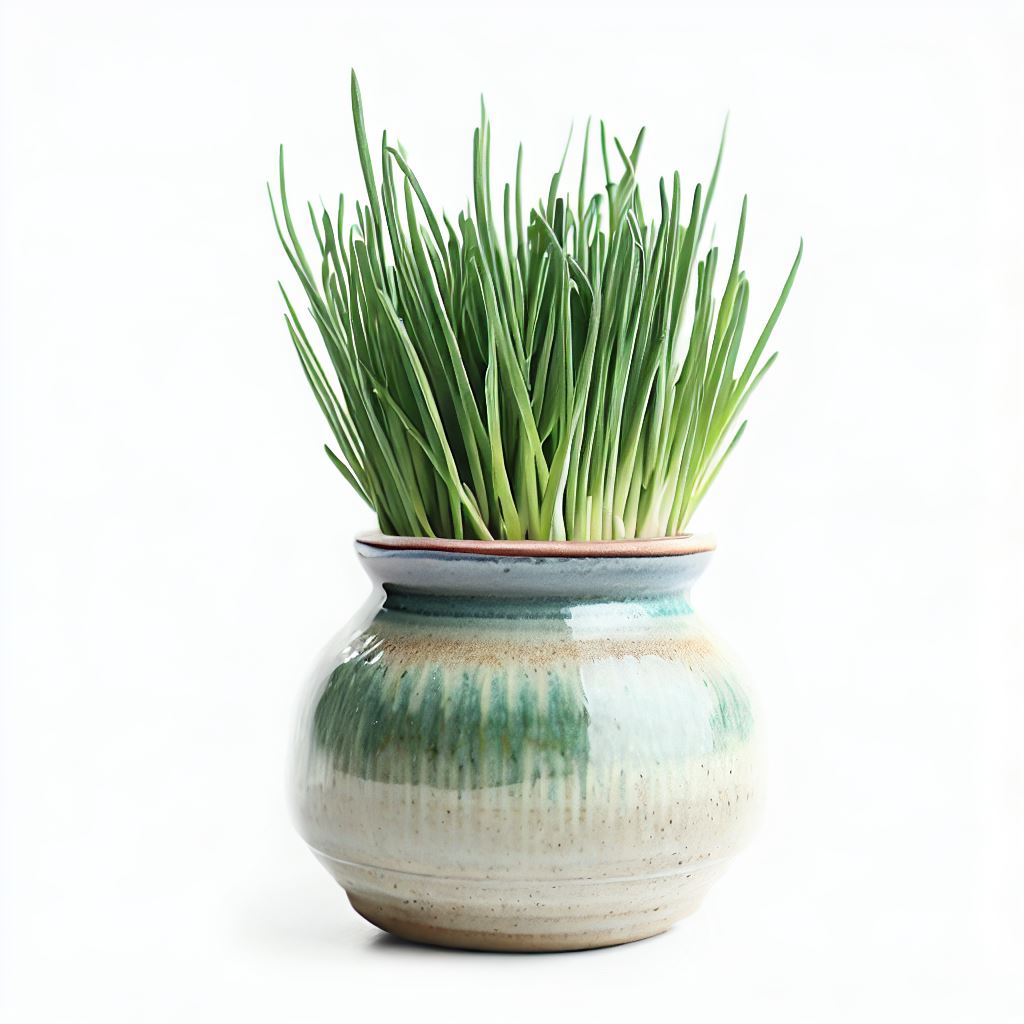
Delicate chives add a mild onion flavor to many dishes with grass-green tubular leaves.
- Chives grow best in sun but tolerate partial shade too. Keep soil moist and amend annually with compost or fertilizer.
- Divide clumps every 2-3 years in spring or fall to maintain production. Snip off flower scapes that appear to encourage more leaf growth.
- Delicate chives are perfect for salads, baked potatoes, soups, fresh salsas, or herb butters. Their mild onion flavor pairs nicely with seafood or eggs.
- Plant in groups for an eye-catching decorative feature or pot up several small clumps. Chives also work well cascading over a garden wall or in rock gardens.
- With minimal care beyond annual dividing, chives multiply readily while providing flavor accents with little fuss. One of the most low-maintenance edible perennials.
Cilantro
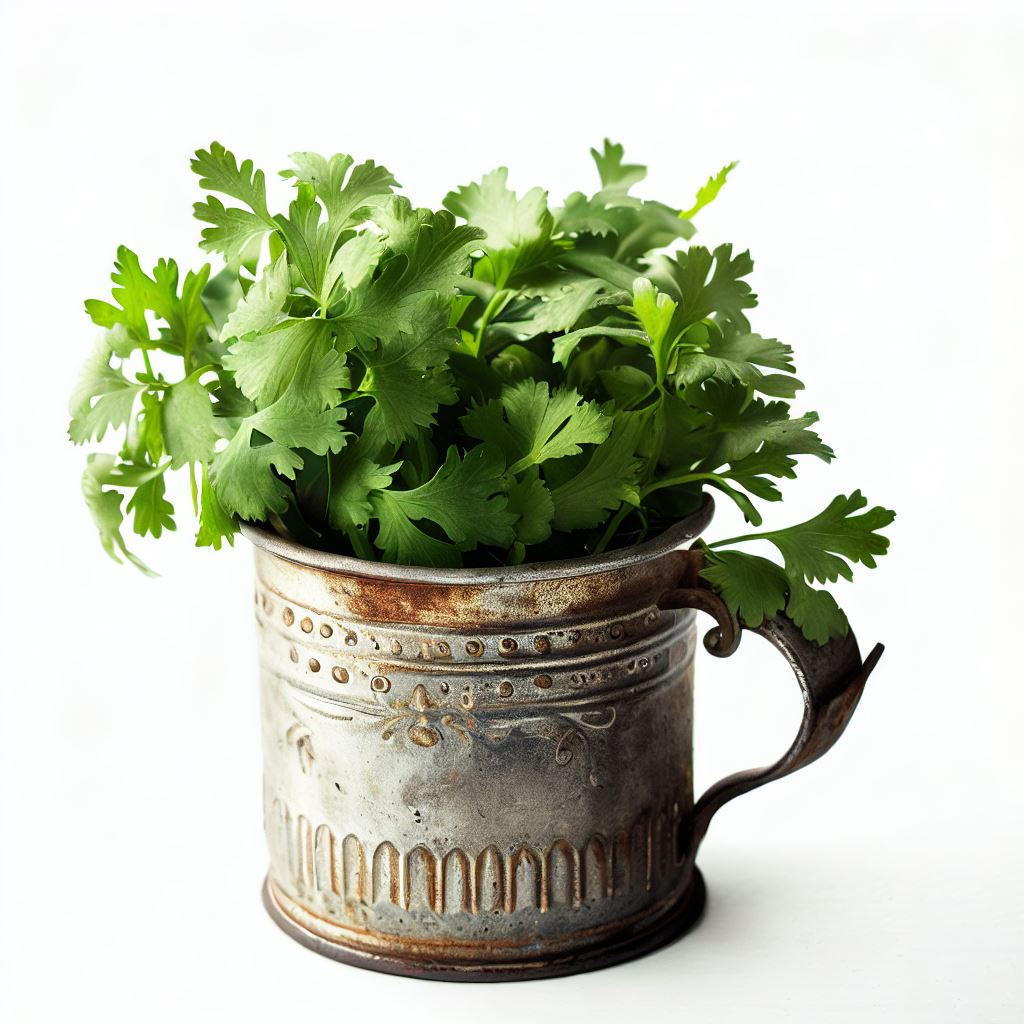
Deliciously aromatic cilantro flavors many global cuisines, though some find its flavor elusive.
- Also known as coriander, cilantro thrives in rich, moist soil and partial shade. It grows quickly but also bolts rapidly in heat.
- Allow plants to flower and seeds will reseed for more crops. Chop leaves fresh to unlock flavor for salsas, chimichurri, Asian or Latin-inspired meals.
- Cilantro’s favor can be harder to discern when dried, so use it fresh when possible. Enjoy it while you can!
- For multi-cropping, consider planting cilantro successively throughout the season in a slightly rotated area.
- Though it demands moisture and flowers quickly, cilantro adds fresh herbal accent easily when grown during mild seasons.
With just a little sun and infrequent watering, these 10 low-maintenance herbs listed above offer big culinary impact without much fuss or greenkeeping skills required.
If space is limited, check out these ideas for containers you can use on your kitchen counter.
Consider adding one or two to your garden this year for harvesting flavor at its freshest with minimum effort.


